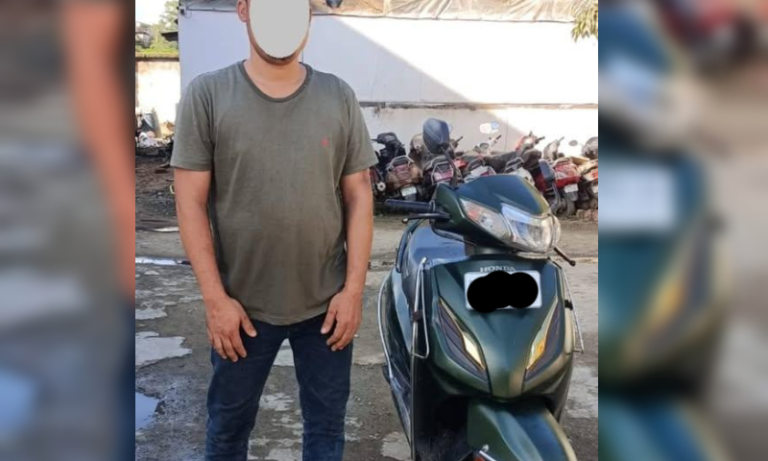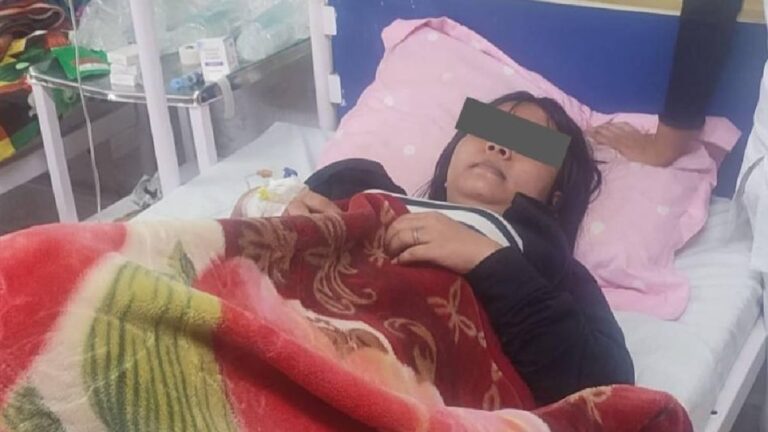Manipur Police Personnel Arrested with 10.2 Kg of WY Tablets
Quick Summary
In a shocking incident, a police personnel in Manipur was arrested while in possession of 10.2 kilograms of WY tablets—a highly addictive drug notorious for its devastating impact. Md. Abdul Matalip, a rifleman attached to the CID, was caught during an operation by the Kakching Police on the Pallel-Chandel road. The arrest underscores the growing influence of drug cartels in the region, even within the ranks of law enforcement. Manipur’s Chief Minister, N. Biren Singh, commended the swift action by the police team and reiterated the government’s commitment to fighting the drug menace.
The Drug Menace in Manipur: A Comprehensive Analysis
Introduction
Manipur, nestled in the serene hills of northeastern India, has become a hotspot for drug trafficking due to its strategic location near the infamous “Golden Triangle.” This recent arrest of a police officer involved in drug smuggling paints a grim picture of the battle against narcotics in the state. But what does this mean for Manipur and its people? Let’s break it down.
The Arrest That Shook Manipur
On January 3, 2025, Md. Abdul Matalip, a rifleman with the 1st Manipur Rifles, was caught with a staggering 10.2 kg of WY tablets. These pills, often dubbed “World is Yours,” are a dangerous mix of methamphetamine and caffeine, widely abused for their euphoric effects.
Matalip’s arrest on the Pallel-Chandel road highlights the alarming trend of law enforcement personnel being involved in the drug trade. His connection to the CID (SB) adds another layer of complexity, as it suggests deeper infiltration by drug cartels into the police force.
Manipur’s Drug Problem: The Bigger Picture
Manipur’s proximity to Myanmar, a major player in the “Golden Triangle,” makes it a transit hub for narcotics. The porous borders allow drug traffickers to smuggle massive quantities of heroin, methamphetamine, and other substances into the state.
The social consequences are devastating. Youth, especially in rural areas, are falling prey to addiction. Families are torn apart, and crime rates have surged. The accessibility and affordability of drugs like WY tablets have made them a preferred choice for many.
Why Are Security Forces Involved?
The involvement of law enforcement personnel in drug trafficking isn’t new. This isn’t just about personal greed—it’s often a symptom of systemic issues. Low pay, lack of oversight, and threats from powerful cartels can push individuals into illegal activities.
When the very people tasked with protecting citizens become complicit in such crimes, it erodes public trust. The ripple effects are far-reaching, impacting the effectiveness of anti-drug campaigns and the morale of honest officers.
What Is Being Done to Combat the Drug Menace?
1. The “War on Drugs” Initiative
The Manipur government has declared an all-out war against drugs. Chief Minister N. Biren Singh’s “War on Drugs” campaign has been instrumental in raising awareness and cracking down on trafficking networks.
2. Destruction of Poppy Fields
Illegal poppy cultivation has been a major contributor to the drug trade. Authorities have intensified their efforts to destroy these fields, using advanced technology like drones to locate and eliminate crops hidden in remote areas.
3. Enhanced Law Enforcement
Operations targeting traffickers and users have increased. Surveillance along major transit routes has been ramped up to intercept drug consignments before they reach their destinations.
4. Rehabilitation Programs
Recognizing the need to address addiction, the government has also launched rehabilitation initiatives to help individuals recover and reintegrate into society.
The Role of Technology and Community
Modern tools like drones and satellite imagery are game-changers in the fight against drugs. These technologies allow for precise targeting of poppy fields and better monitoring of trafficking routes.
Equally important is the role of local communities. Residents can act as the eyes and ears of law enforcement, reporting suspicious activities and raising awareness about the dangers of drug abuse.
The Challenges Ahead
Despite these efforts, the road ahead is fraught with challenges. The porous border with Myanmar remains a major hurdle. Smugglers are constantly evolving their tactics, making it a cat-and-mouse game for law enforcement.
Corruption within the system is another significant barrier. The arrest of a police officer is a stark reminder that internal clean-ups are as crucial as external crackdowns.
How Can You Help?
You might wonder, “What can I do?” Well, every small step counts. Educate yourself and those around you about the dangers of drug abuse. Support organizations working on rehabilitation and awareness campaigns. And most importantly, don’t hesitate to report anything suspicious to the authorities.
FAQs
1. What are WY tablets?
WY tablets are a combination of methamphetamine and caffeine. They’re highly addictive and often smuggled from Southeast Asia.
2. Why is Manipur a hotspot for drug trafficking?
Manipur’s location near Myanmar, a part of the Golden Triangle, makes it a transit hub for narcotics.
3. How is the government combating drug trafficking?
The government has launched initiatives like the “War on Drugs,” destruction of poppy fields, and enhanced law enforcement operations.
4. Why are security forces sometimes involved in drug trafficking?
Systemic issues like low pay, corruption, and threats from cartels can lead to such involvement.
5. What role can communities play in tackling this issue?
Communities can raise awareness, monitor for suspicious activities, and support rehabilitation programs.


